The Secret Superpower Your Child Already Has (And How You’re Probably Missing It)
Picture this: Your 4-year-old is on the living room floor, building an elaborate castle out of blocks. She’s completely absorbed, talking to herself about where the princess will sleep and how tall the tower needs to be. You glance over from your laptop and think, “She’s just playing.”
But here’s what’s really happening inside her brain: She’s developing what scientists call “executive functions” – the mental skills that will determine her success in school, relationships, and life. Think of these as her brain’s air traffic control system, managing thoughts, emotions, and actions to achieve goals.
I know what you’re thinking. “Another expert telling me my child needs more structure, more lessons, more programs.” But I’m here to tell you the opposite. Your child already possesses incredible learning machinery. The question isn’t whether they’re smart enough – it’s whether we’re wise enough to recognize their natural genius at work.
Last week, I watched a 3-year-old spend forty-five minutes arranging colorful shapes into patterns. His mom kept apologizing: “I’m sorry he’s not learning anything useful.” Useful? That little boy was strengthening the exact same mental muscles that will help him solve algebra problems, navigate friendships, and manage his emotions as a teenager.
The Three Brain Superpowers Every Child Needs
While your daughter builds her castle, she’s actually strengthening three critical mental muscles:
Working Memory – She’s holding multiple pieces of information in her mind: the castle design, where each block goes, and the story she’s creating. It’s like mental juggling.
Inhibitory Control – When a block doesn’t fit, she stops herself from getting frustrated and tries a different approach. She’s learning self-control in real-time.
Cognitive Flexibility – Her original plan was a square castle, but now she’s adapting it into a round tower because that’s what the blocks allow. She’s thinking on her feet.
These aren’t just fancy psychology terms. They’re the foundation skills that predict whether children will succeed in reading, math, and making friends. Kids with strong executive functions are more likely to graduate high school and have better mental health as adults.
Why Your Child’s Play Time Is Actually Brain Training
Remember playing freeze dance as a kid? You probably thought it was just fun. But you were actually giving your brain an intense workout. When the music stops, you have to remember the rule (freeze), control your body (inhibitory control), and switch from dancing to statue mode (cognitive flexibility).
Here’s the beautiful part: You don’t need expensive programs or complicated systems. Your home is already full of executive function boosters, especially when you have the right kind of open-ended materials that grow with your child.
Simon Says isn’t just a silly game – it’s working memory and impulse control training. Your child has to remember the instruction AND only follow it if you say “Simon says.”
Building with geometric shapes and natural materials (like your daughter’s castle) develops planning and problem-solving in remarkable ways. Unlike single-use toys, open-ended building materials let children create infinite possibilities. When she realizes her tower is too wobbly, she’s learning to adjust her strategy while discovering mathematical concepts like balance, symmetry, and spatial relationships.
Pretend play is pure cognitive flexibility gold. One minute a cardboard box is a car, the next it’s a spaceship. Your child’s brain is constantly shifting perspectives and thinking creatively.
But here’s where most parents get tripped up: we think more complex equals better learning. We rush to buy educational apps, enroll in classes, purchase toys that flash and beep with predetermined outcomes.
Meanwhile, the most powerful learning tools might already be scattered across your living room floor.
The Research That Changes Everything
Dr. Sara Schmitt’s groundbreaking study revealed something that should make every parent pause. Children who engaged with open-ended building materials in semi-structured ways showed remarkable improvements in both math skills and executive functions – especially children from lower-income families. The cost? Minimal. The training required? Basic. The impact? Life-changing.
But here’s the kicker: it wasn’t about dumping a box of materials in front of kids and walking away. It wasn’t about rigid, adult-directed activities either. The magic happened in the sweet spot between structure and freedom – what researchers call “guided play.”
Think about it this way: if free play is like giving your child a blank canvas with no guidance, and structured activities are like paint-by-number kits, then guided play is like being an art teacher who offers techniques and encouragement while letting the child create their masterpiece.
Why Your Instincts Might Be Wrong (And That’s Okay)
As parents, we’re constantly bombarded with messages about what our children should be learning. Reading by four! Math facts by five! But here’s what twenty years of child development research tells us: the children who thrive aren’t necessarily those who can recite the alphabet earliest. They’re the ones who can focus their attention, manage their emotions, and think flexibly when faced with challenges.
Maria, a mom in my practice, shared her “aha moment” with me. She’d been feeling guilty about her son’s obsession with building towers and knocking them down. “I thought he was being destructive,” she said. “But then I realized he was actually experimenting with cause and effect, physics, and emotional regulation all at once.”
Her son wasn’t being destructive. He was being a scientist.
Every time he built a tower, he was using working memory to remember his design. Every time he carefully placed a block, he was practicing inhibitory control. And every time he adjusted his strategy after a collapse, he was flexing his cognitive flexibility muscles.
The Materials That Make the Difference
Not all play materials are created equal. While any play is better than no play, certain types of materials supercharge your child’s executive function development.
The key is open-endedness. Materials that can become anything your child imagines. Geometric shapes that can transform from a simple tower to a complex architectural marvel to an abstract pattern. Natural elements that invite exploration and discovery.
When my colleague’s daughter received a expensive electronic toy for her birthday, she played with it for exactly twelve minutes. Then she spent two hours playing with the box, turning it into a house, a car, a robot costume, and finally a reading nook. The box cost nothing. But it offered infinite possibilities.
Compare this to toys with predetermined functions. A toy car can only be a car. But a wooden cylinder? That’s a telescope, a rolling pin for pretend baking, a tunnel for toy animals, or the perfect piece for a marble run. One material, endless learning opportunities.
The One Change That Makes All the Difference
Here’s your core strategy: Follow your child’s lead, then add just a tiny bit of structure.
Instead of directing their play, become their assistant. When your son starts building with geometric shapes or natural materials, don’t tell him what to make. Instead, notice what he’s doing and offer gentle challenges: “I wonder if you can build something as tall as your knee using only circles and triangles?” or “What patterns can you create with these colorful shapes?”
The beauty of truly open-ended materials is that they evolve with your child. A 3-year-old might stack them into towers, learning about balance and gravity. A 5-year-old creates complex architectural marvels, understanding symmetry and spatial relationships. A 7-year-old uses them to understand fractions and geometry, seeing how shapes fit together to create wholes. The same materials, endless possibilities.
This approach has a fancy name – “guided play” – but it’s really just being an interested partner in your child’s adventures. You’re providing just enough structure to stretch their thinking without taking over their creativity.
Real Stories from Real Families
Let me tell you about Emma, age 4, who spent an entire afternoon creating what she called a “rainbow city” using colorful geometric shapes. Her mom initially worried Emma was “just making a mess.” But watch what was actually happening:
Working Memory in Action: Emma held her vision of the rainbow city in her mind while gathering the right colored pieces – red triangles for rooftops, blue squares for houses, yellow circles for suns.
Inhibitory Control at Work: When she accidentally knocked down part of her city, instead of having a meltdown, she took a deep breath (a skill she’d learned through managing frustration in play) and rebuilt it.
Cognitive Flexibility Flourishing: Her original plan was houses in a straight line. But when she ran out of blue squares, she adapted, creating a curved street pattern that she decided was “more beautiful anyway.”
Emma’s mom didn’t need to teach these skills directly. She simply provided the right materials and the space to explore. The learning happened naturally, joyfully, and completely.
The Science Behind the Magic
Researchers have discovered something remarkable about children’s brains between ages 3-5. This period represents a “golden window” when executive functions develop at lightning speed. But here’s the catch: this development happens best in low-stress, high-engagement environments.
In other words, your living room might be a more powerful learning lab than any classroom.
The brain science is fascinating. When children engage in complex play with open-ended materials, multiple brain regions light up simultaneously. The prefrontal cortex (executive functions), the hippocampus (memory), and the cerebellum (motor skills) all work together, creating rich neural networks that will serve your child for life.
But when children are stressed – whether by overly structured activities, pressure to perform, or environments that don’t match their developmental needs – their brains actually shut down these higher-order thinking skills and revert to survival mode.
Start Today (It’s Easier Than You Think)
Tonight, try this: Put away the screens for 30 minutes. Gather some open-ended materials – geometric shapes, natural building pieces, or colorful manipulatives that can become anything your child imagines. Sit on the floor together. Follow their lead. Ask curious questions. Resist the urge to teach or correct.
Watch what happens. You’ll see their concentration deepen as they explore endless combinations. Their problem-solving kick into high gear as they discover what works and what doesn’t. Their confidence grow as they create something uniquely theirs using materials designed to grow with their developing mind.
Here are some gentle prompts that can extend their thinking without taking over:
- “I notice you’re using all the red pieces. I wonder what would happen if…”
- “That’s an interesting pattern. Can you make another one that’s similar but different?”
- “Your tower fell down. What do you think happened? What could you try next?”
- “Tell me about what you’re building. What gave you that idea?”
The key is curiosity, not correction. Wonder, not instruction. Partnership, not direction.
What This Means for Your Family’s Future
The children who develop strong executive functions early don’t just do better academically. They’re more resilient when facing challenges. They have better relationships because they can manage their emotions and consider others’ perspectives. They’re more creative because they can think flexibly and adapt when their first ideas don’t work.
Most importantly, they develop what psychologists call “intrinsic motivation” – the drive to learn and grow that comes from within, not from external rewards or pressure. This internal compass will guide them long after they’ve left your home.
Think about the adults you most admire. Chances are, they’re people who can focus deeply, bounce back from setbacks, and approach problems creatively. These aren’t innate talents – they’re skills that can be developed.
And the window for developing them optimally is happening right now, in your living room, through what looks like simple play.
The Gift You’re Already Giving
The research is crystal clear: ages 3-5 are a “golden opportunity” for building these crucial brain skills. But here’s the thing – your child already has everything they need. They just need access to materials that unlock their natural creativity and you to recognize that their play isn’t just play.
It’s brain training disguised as fun. And you have a front-row seat to watch their superpowers grow.
When you see your child absorbed in building, creating, and exploring, you’re witnessing the most important education they’ll ever receive. Not because someone is teaching them, but because they’re teaching themselves through the joy of discovery.
The next time you see your child lost in play, resist the urge to redirect them toward something more “educational.” Their play IS their education. Your job isn’t to manage it – it’s to provide the right tools and marvel at their discoveries.
Ready to unlock your child’s natural learning potential? Discover how the right open-ended materials can transform everyday play into powerful brain development.

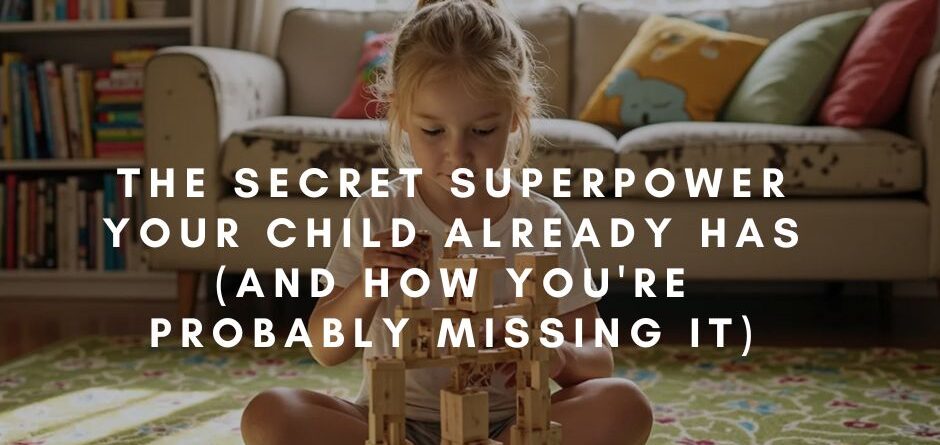

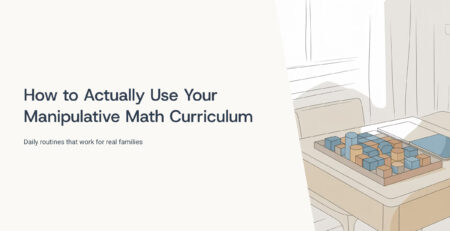

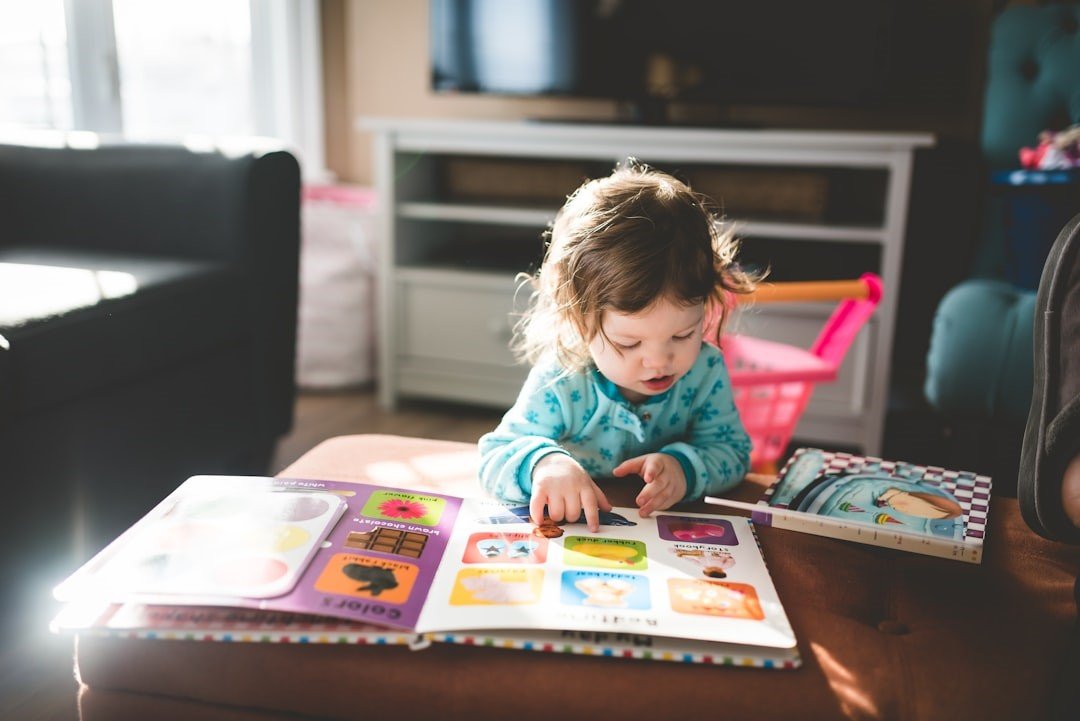
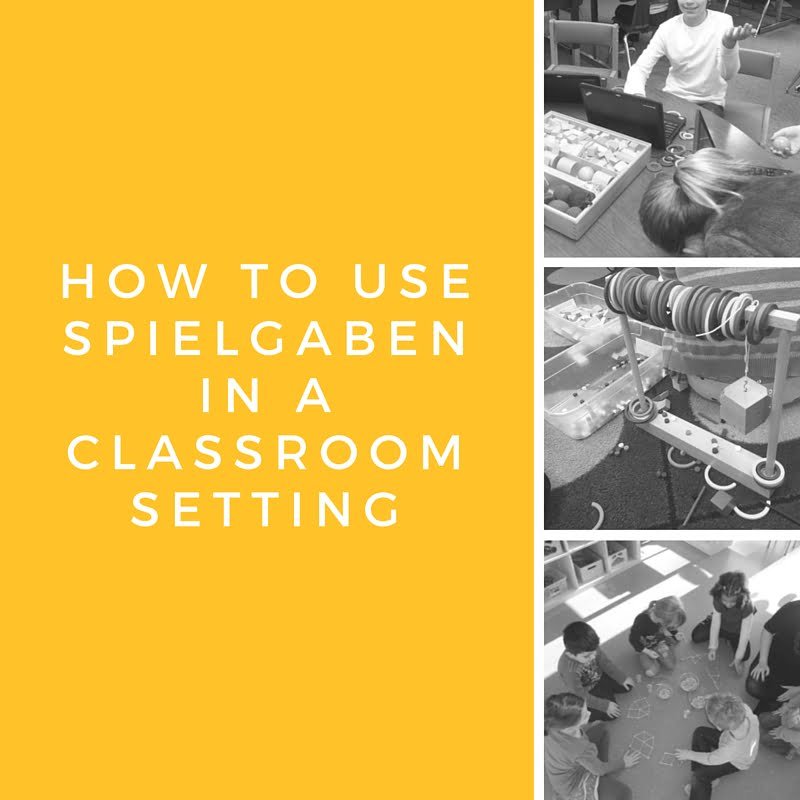
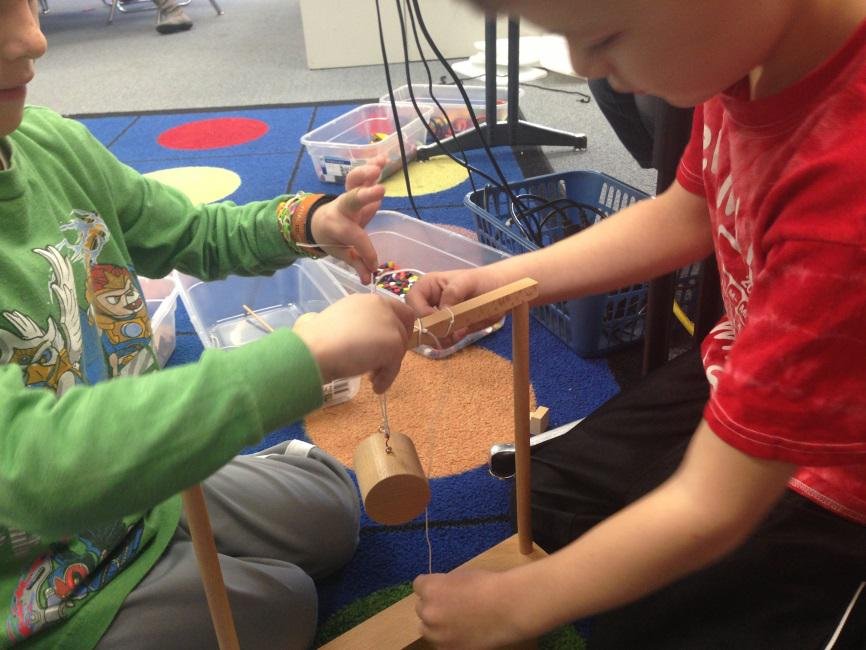
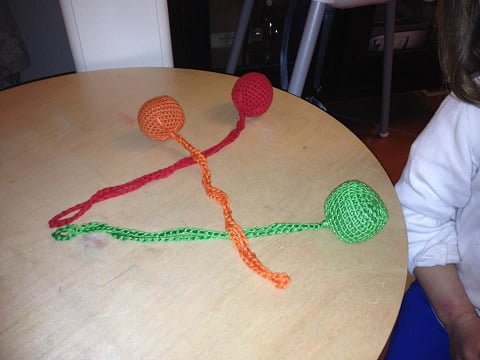
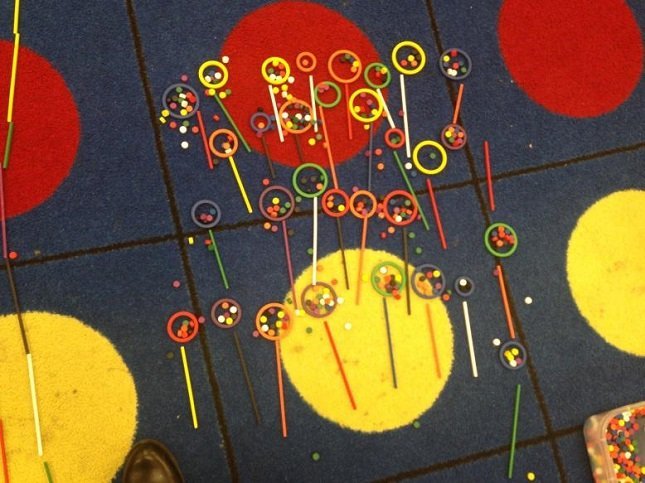
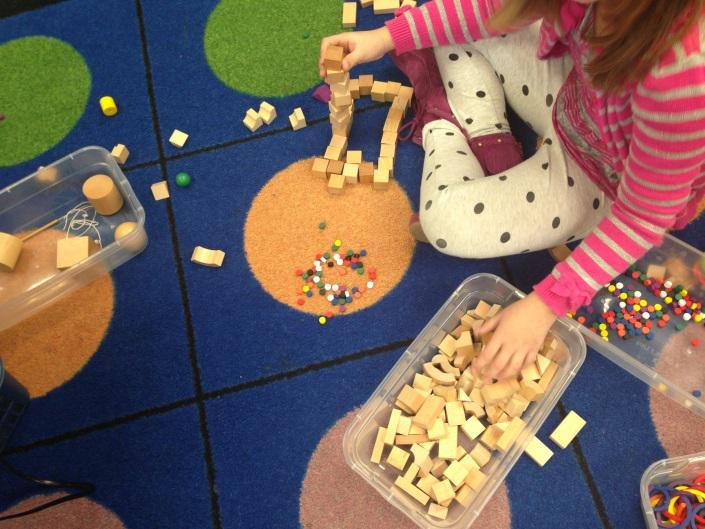


LEAVE A COMMENT